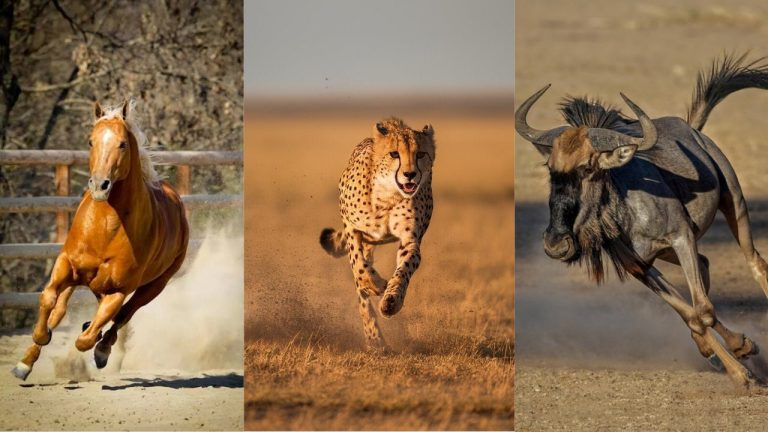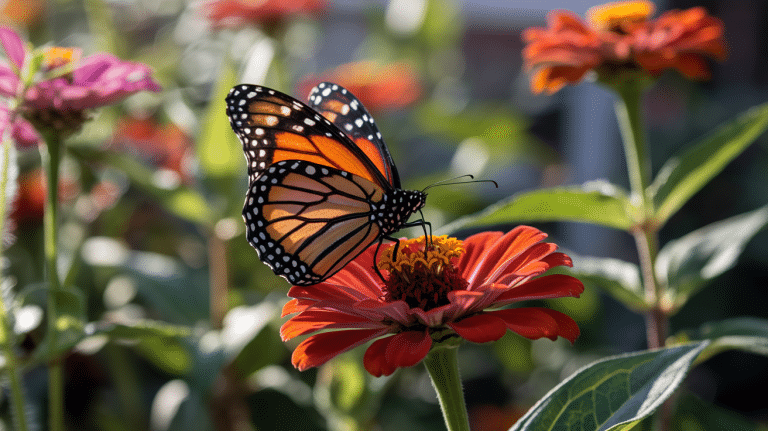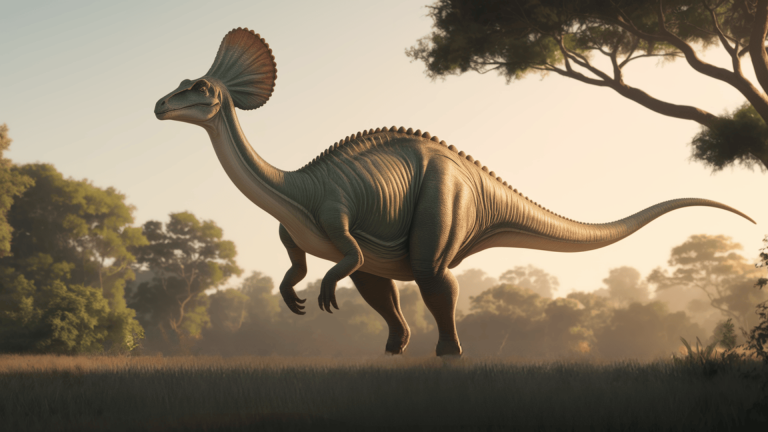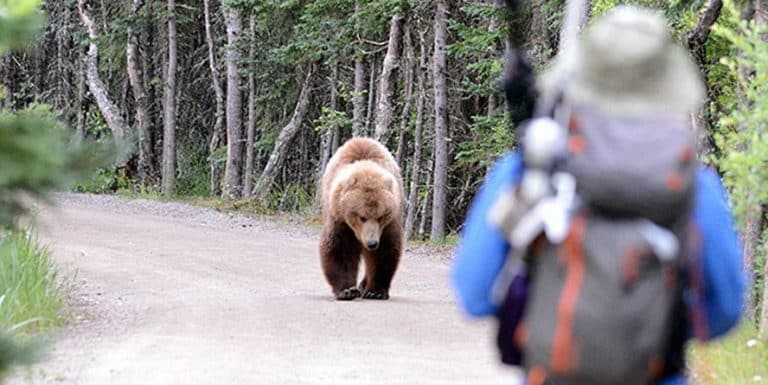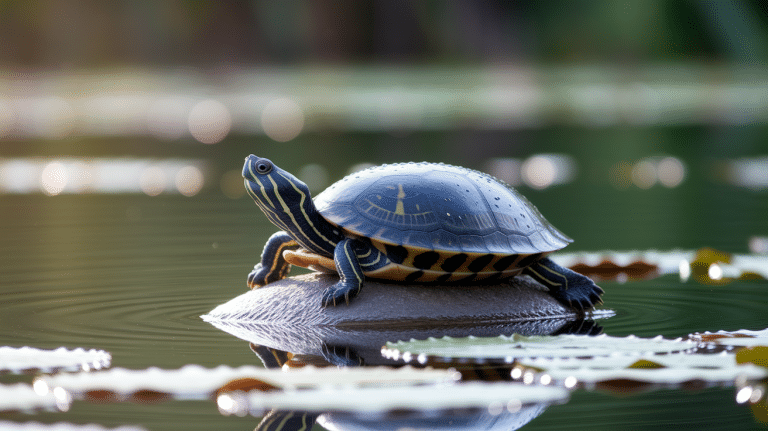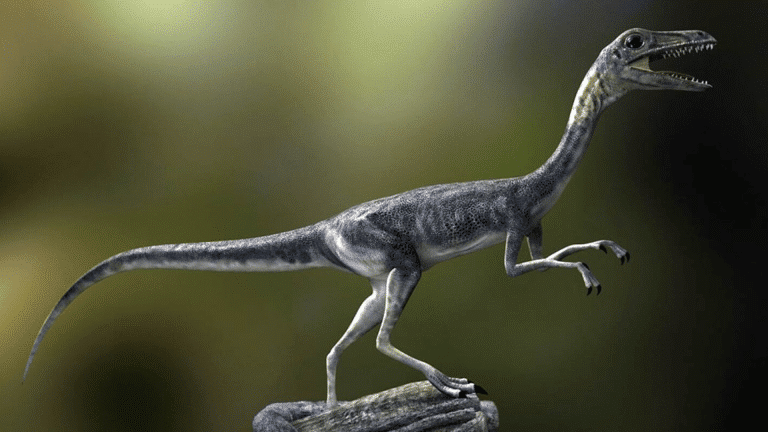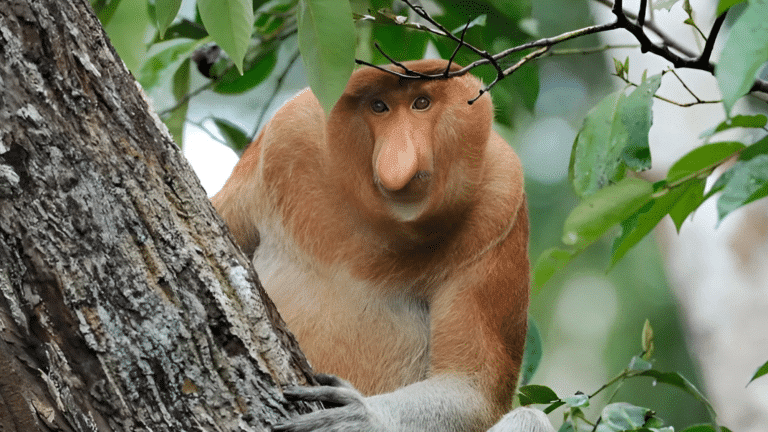Speed in the animal kingdom isn’t just thrilling—it’s essential for survival. From chasing down prey to escaping danger, many animals rely on their legs to give them a critical edge.
In this blog, we’re counting down the 20 fastest land animals on Earth. You’ll find not just who’s the quickest but also how their bodies are perfectly adapted for life on the run.
Cheetahs rocket across the savanna, and kangaroos bound through the outback—each animal on this list shows a different way speed helps them survive.
This isn’t just about numbers—it’s about how incredible nature can be when it comes to power and motion.
Ready to race through some animal facts? Let’s take off and find the speed stars of the wild!
Fastest Land Animals
Here are some of the fastest runners on Earth, ranked by their top speeds. From record-breaking sprinters to long-distance dashers, these animals know how to move-
1. Cheetah
The cheetah is the fastest land animal, built for explosive acceleration with long legs, a slender body, and a flexible spine.
It can go from 0 to 60 mph in just a few seconds, making it a top predator in short sprints. Cheetahs rely on stealth and speed to catch gazelles and other fast prey.
Fun Fact: A cheetah can go from 0 to 60 mph faster than a Ferrari!
| Feature | Info |
|---|---|
| Top Speed | 60–70 mph (96–113 km/h) |
| Acceleration | 0–60 mph in ~3 seconds |
| Habitat | African savannas |
| Diet | Carnivore (gazelles, antelopes) |
| Lifespan | 10–12 years in the wild |
2. Pronghorn Antelope
The pronghorn is the fastest land animal in North America and second fastest globally. It’s built for stamina and can maintain high speeds far longer than a cheetah. With oversized lungs and heart, it’s an endurance-running champion.
Fun Fact: A pronghorn can hold 40 mph for up to 30 minutes straight!
| Feature | Info |
|---|---|
| Top Speed | 55 mph (88 km/h) |
| Acceleration | Moderate, but sustained speed |
| Habitat | North American plains, deserts |
| Diet | Herbivore (shrubs, grasses) |
| Lifespan | 7–10 years in the wild |
3. Springbok
The springbok is a small antelope known for leaping and sprinting through the African grasslands. It uses sharp turns and high speeds to evade predators. Springboks often leap straight into the air in a behavior called “pronking.”
Fun Fact: Springboks can hit top speed while zigzagging to outmaneuver predators!
| Feature | Info |
|---|---|
| Top Speed | 55 mph (88 km/h) |
| Acceleration | High burst with quick dodging |
| Habitat | Southern African plains |
| Diet | Herbivore (grasses, shrubs) |
| Lifespan | 7–9 years in the wild |
4. Lion
Lions are powerful sprinters and use short bursts of speed to surprise and overpower prey. They are not marathon runners and tire quickly after a chase. Their strength and speed combo makes them deadly hunters.
Fun Fact: A lion can go from 0 to 50 mph in just a few strides—perfect for ambushing prey!
| Feature | Info |
|---|---|
| Top Speed | 50 mph (80 km/h) |
| Acceleration | Fast over short distances |
| Habitat | African savannas and grasslands |
| Diet | Carnivore (zebra, wildebeest) |
| Lifespan | 10–14 years in the wild |
5. Wildebeest
Wildebeests are strong, fast grazers that rely on herd movement and speed for safety. Their stamina helps them migrate long distances. They can sprint quickly to avoid lions and hyenas.
Fun Fact: Wildebeests rely on speed and numbers to confuse predators during mass migrations!
| Feature | Info |
|---|---|
| Top Speed | 50 mph (80 km/h) |
| Acceleration | Moderate |
| Habitat | African plains |
| Diet | Herbivore (grasses) |
| Lifespan | 20 years in the wild |
6. Quarter Horse
The American Quarter Horse is one of the fastest horse breeds over short distances. Known for powerful bursts of speed, it’s often used in rodeos and sprint races. Despite their size, these horses are incredibly agile and quick off the mark.
Fun Fact: The Quarter Horse got its name from outrunning other breeds in quarter-mile races!
| Feature | Info |
|---|---|
| Top Speed | 47.5 mph (76.4 km/h) |
| Acceleration | Extremely fast in short sprints |
| Habitat | Domesticated |
| Diet | Herbivore (hay, grains, grass) |
| Lifespan | 25–30 years |
7. Elk
Elks are large yet surprisingly fast members of the deer family. They can dash quickly when threatened, using speed to escape wolves and other predators. Despite their size, they’re graceful runners and strong swimmers too.
Fun Fact: Elk can maintain a steady 30 mph gallop while covering long distances through rugged terrain!
| Feature | Info |
|---|---|
| Top Speed | 45 mph (72 km/h) |
| Acceleration | Quick burst under threat |
| Habitat | North American forests and grasslands |
| Diet | Herbivore (grasses, shrubs) |
| Lifespan | 10–13 years in the wild |
8. Kangaroo
Kangaroos use powerful hind legs to bounce at high speeds across the Australian outback. Their hopping method is not only fast but energy-efficient over long distances. They often flee predators with bounding sprints.
Fun Fact: A kangaroo’s speed comes from its springy tendons, which act like built-in pogo sticks!
| Feature | Info |
|---|---|
| Top Speed | 44 mph (71 km/h) |
| Acceleration | Quick initial burst |
| Habitat | Australian grasslands |
| Diet | Herbivore (grasses, shrubs) |
| Lifespan | 8–12 years in the wild |
9. African Wild Dog
These endangered predators hunt in coordinated packs, relying on endurance and teamwork. They chase prey until it tires, often succeeding thanks to high speed and stamina. Their long legs and lean bodies are built for the chase.
Fun Fact: African wild dogs combine speed and stamina to catch prey in over 80% of hunts!
| Feature | Info |
|---|---|
| Top Speed | 44 mph (71 km/h) |
| Acceleration | Fast, especially during a hunt |
| Habitat | Sub-Saharan Africa |
| Diet | Carnivore (antelopes, rodents) |
| Lifespan | 10–12 years in the wild |
10. Ostrich
Ostriches are the fastest birds on land and use their long legs to escape predators. They can run in zigzags and use their wings for balance while sprinting. Though flightless, they easily outrun most animals in their habitat.
Fun Fact: An ostrich can cover up to 16 feet in a single stride while sprinting at full speed!
| Feature | Info |
|---|---|
| Top Speed | 43 mph (69 km/h) |
| Acceleration | Very quick burst from a standstill |
| Habitat | African savannas and deserts |
| Diet | Omnivore (plants, seeds, insects) |
| Lifespan | 30–40 years |
11. Greyhound
Greyhounds are sleek, muscular dogs bred for speed and racing. Their aerodynamic build, deep chest, and long limbs help them hit top speed quickly. Though not long-distance runners, their burst speed is unmatched in dog breeds.
Fun Fact: Greyhounds can reach 45 mph in just six strides from a standing start!
| Feature | Info |
|---|---|
| Top Speed | 43 mph (69 km/h) |
| Acceleration | Very fast in short bursts |
| Habitat | Domesticated |
| Diet | Carnivore (dog food, meat) |
| Lifespan | 10–14 years |
12. Hare
Hares are incredibly quick and alert, using sudden bursts of speed and sharp turns to dodge predators. Their powerful back legs launch them forward in long leaps. They’re faster and leaner than their rabbit cousins.
Fun Fact: A hare can outrun foxes and dogs by zigzagging at full speed!
| Feature | Info |
|---|---|
| Top Speed | 43 mph (69 km/h) |
| Acceleration | Lightning-fast leap starts |
| Habitat | Meadows, grasslands, woodlands |
| Diet | Herbivore (grass, bark, herbs) |
| Lifespan | 4–7 years in the wild |
13. Jackrabbit
Despite the name, jackrabbits are hares, and they’re known for their extreme speed and jumping ability. Their long legs let them bound over desert terrain at high speed. They rely on both speed and camouflage to survive.
Fun Fact: Jackrabbits can leap 10 feet in a single bound while sprinting at top speed!
| Feature | Info |
|---|---|
| Top Speed | 40 mph (64 km/h) |
| Acceleration | Explosive leaps |
| Habitat | North American deserts and grasslands |
| Diet | Herbivore (shrubs, cacti, grasses) |
| Lifespan | 1–5 years in the wild |
14. Coyote
Coyotes are agile and fast predators known for chasing rabbits and rodents. They can keep up a fast pace for longer than many animals and are skilled at running silently when stalking prey.
Fun Fact: Coyotes can chase prey over long distances without tiring, thanks to their efficient gait!
| Feature | Info |
|---|---|
| Top Speed | 40 mph (64 km/h) |
| Acceleration | Moderate burst |
| Habitat | North America |
| Diet | Omnivore (small animals, fruit) |
| Lifespan | 10–14 years |
15. Mongolian Wild Ass
Also called the khulan, this wild ass is one of the fastest hoofed animals in Asia. It travels great distances for water and food while staying alert to danger. Speed helps them avoid wolves and snow leopards.
Fun Fact: These wild asses can outrun predators across vast, open plains with ease!
| Feature | Info |
|---|---|
| Top Speed | 40 mph (64 km/h) |
| Acceleration | Steady but strong |
| Habitat | Central Asian steppes and deserts |
| Diet | Herbivore (grasses, shrubs) |
| Lifespan | 20–25 years |
16. Zebra
Zebras may look calm but are surprisingly fast and agile. They sprint in zigzag patterns to confuse lions and hyenas. Their strong legs also make them great kickers during a chase.
Fun Fact: Zebras often escape predators by running in herds and zigzagging at full speed!
| Feature | Info |
|---|---|
| Top Speed | 40 mph (64 km/h) |
| Acceleration | Quick sprint with turns |
| Habitat | African savannas |
| Diet | Herbivore (grasses) |
| Lifespan | 20–30 years |
17. Hyena
Hyenas are powerful runners with muscular builds and surprising endurance. While not the fastest, their persistence makes them excellent long-distance chasers. They work in groups to wear down prey over time.
Fun Fact: A hyena’s endurance lets it chase prey for miles until it tires and slows!
| Feature | Info |
|---|---|
| Top Speed | 37 mph (60 km/h) |
| Acceleration | Moderate |
| Habitat | Africa and parts of Asia |
| Diet | Carnivore (scavenger and hunter) |
| Lifespan | 10–21 years |
18. Warthog
Warthogs might look bulky but are fast when startled. They run with tails straight up and use speed to dash into burrows. Their top speed gives them just enough edge to evade predators.
Fun Fact: Warthogs sprint straight to safety with their tails up like antennae!
| Feature | Info |
|---|---|
| Top Speed | 30 mph (48 km/h) |
| Acceleration | Quick getaway burst |
| Habitat | African savannas and woodlands |
| Diet | Omnivore (grass, fruit, roots) |
| Lifespan | 15 years in the wild |
19. Grizzly Bear
Despite their massive size, grizzlies are fast sprinters and can outrun a human with ease.
They charge when threatened or when chasing prey like elk or moose. Their strength and speed are a fearsome combo.
Fun Fact: Grizzlies can run as fast as a racehorse over short distances!
| Feature | Info |
|---|---|
| Top Speed | 30 mph (48 km/h) |
| Acceleration | Quick start, short distance |
| Habitat | North America |
| Diet | Omnivore (berries, fish, meat) |
| Lifespan | 20–25 years |
20. Red Fox
The red fox is known for agility, cleverness, and quick reflexes. It uses its speed to chase prey or escape danger. Its lightweight body helps it stay swift and nimble through fields and forests.
Fun Fact: Red foxes can jump over 6 feet high and run at 30 mph when startled!
| Feature | Info |
|---|---|
| Top Speed | 30 mph (48 km/h) |
| Acceleration | Quick and nimble |
| Habitat | Forests, grasslands, urban areas |
| Diet | Omnivore (rodents, fruits, insects) |
| Lifespan | 3–6 years in the wild |
Conclusion
These animals prove that being fast can be the difference between life and death.
Some chase, some flee, but all of them rely on speed when it matters most. From the cheetah’s record-breaking sprint to the pronghorn’s steady pace, each one is impressive in its own way.
They use their bodies to move fast across deserts, grasslands, and forests. We kept this list simple, with useful facts and fun speed-based details for each animal.
Now you know how fast a greyhound can run or how far a kangaroo can jump while moving at top speed. These animals don’t need to be the biggest or strongest to stand out—being quick is their best skill.
If you liked reading about these fast movers, share it with someone who also enjoys animal facts.
There’s always more to learn when it comes to the natural world, especially when things move this quickly.

